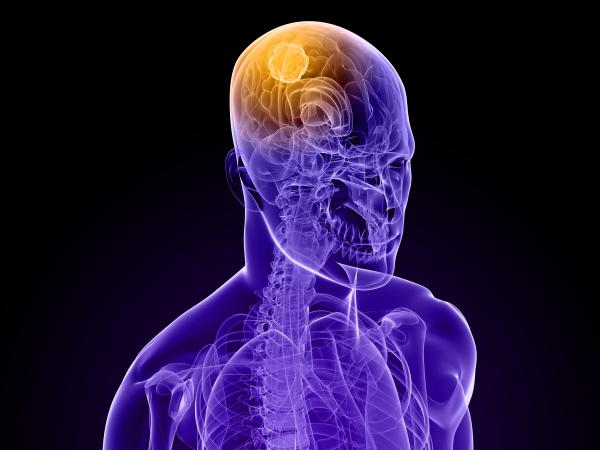I hope you enjoyed Part I of the "Brain Tumors: Fact vs. Fiction" series.
Welcome to the concluding piece where I continue to enlist Dr. Gregory Riggins, Professor of Neurosurgery and Oncology and Director of the Brain Cancer Biology and Therapy Research Laboratory at Johns Hopkins, to help clarify myth from reality:
Why is location so critical to a patient's success?
Dr. Riggins: Location is critical and the location – along with the neurosurgeon’s skill - dictates how much can be removed, and whether removal will on average increase survival with a reasonable quality of life. Past experience from neurosurgery shows that removal of the part of the tumor that invades the motor strip - impacting the patient’s motility - makes things worse. If it is the frontal lobe, then patients do quite well and other regions of the brain normally compensate.
What trends are we seeing with brain tumors?
Dr. Riggins: The rate of brain cancers has remained constant. Imaging, such as MRIs etc, allow us to get better at diagnosis.
Any occupations at highest risk?
Dr. Riggins: No, there is no evidence for any profession or job that increases the risk of brain tumors.
What would you say to someone just diagnosed with a brain tumor?
Dr. Riggins: Go to a tertiary center, such as those with a university brain tumor center for your treatment. The complication rates for surgery are lower. The surgeons have more practice while the nurses, pathologists, oncologists and radiation therapy are all more skilled.
What are current treatments for brain tumors?
Dr. Riggins: If it is a benign tumor, hopefully, it is in a location the surgeon can remove easily. If it is a glioblastoma the treatment includes surgery, radiation and chemotherapy. Without these, the survival is probably less than 6 months on average.
Are primary (aka originating from the brain) and metastatic (aka originating from a cancer in another part of the body) equally treatable? Does it depend on the original cancer?
Dr. Riggins: There are many types of both primary (over 120) and metastatic tumors that, unfortunately, like to spread to and within the brain. In general, once a tumor in say breast or lung cancer metastasizes to the brain, it usually signals the final stages. These patients normally have already failed most therapies and being in the brain makes the tumor even more difficult to treat. Sometimes the surgeon will operate on metastatic tumors to the brain if there are not multiple foci, but generally this is for palliative purposes to reduce pressure on the brain.
What are you currently researching and believe holds the greatest promise to eradicating brain tumors?
Dr. Riggins: For a complete eradication, I think the therapy with the most potential is one developed by Bert Vogelstein and colleagues, that uses a modified bacteria that infects and destroys the tumor in conjunction with harnessing the immune system.
Please define and describe the challenges to drug delivery to these tumors.
Dr. Riggins: There are multiple challenges to drug delivery including the blood brain barrier, which is active around the brain’s blood vessels to keep toxins out of the brain. For newly formed vessels that the tumor cells signal to grow, the barrier can be quite leaky. There is also an additional problem that the tumor creates increased pressure that collapses capillaries and works against diffusion into the tumor, keeping therapies out. So, this is more complex and even more challenging than the blood brain barrier.
Why the shift to #1 for brain tumors in kids?
Dr. Riggins: They used to be behind leukemia, but the therapies for leukemia got better quicker relative to brain cancers. This happened in part because treatment can get to the cancer and there are less mutations. For many of the pediatric brain cancers, the survival benefit has only incremental advances. We just launched a new pediatric brain cancer trial, that re-purposes an old anti-parasitic drug, mebendazole, for recurrent pediatric medulloblastomas and high grade gliomas (like pediatric GBM): https://clinicaltrials.gov/ct2/show/NCT02644291
Take Home Messages:
- Brain Tumors can be treatable depending on type and location
- Finding therapies that are selectively toxic to the tumor (without injuring normal brain) and getting them into the tumor cell are our current challenges
- Symptoms of Brain Tumor may include: Headache (typically worse in the morning or improves with vomiting), personality changes, seizures, unsteady gait, coordination issues, sensory problems (e.g. vision, speech/language, hearing), lethargy, asymmetry, dizziness and so on
- If concerned, then see a physician
- A brain cancer center at a University tertiary care facility will likely deliver the most current, comprehensive treatment
SOURCES:
To learn more about Dr. Gregory Riggins click here or refer to Brain Tumors: Fact vs. Fiction - Part I.




